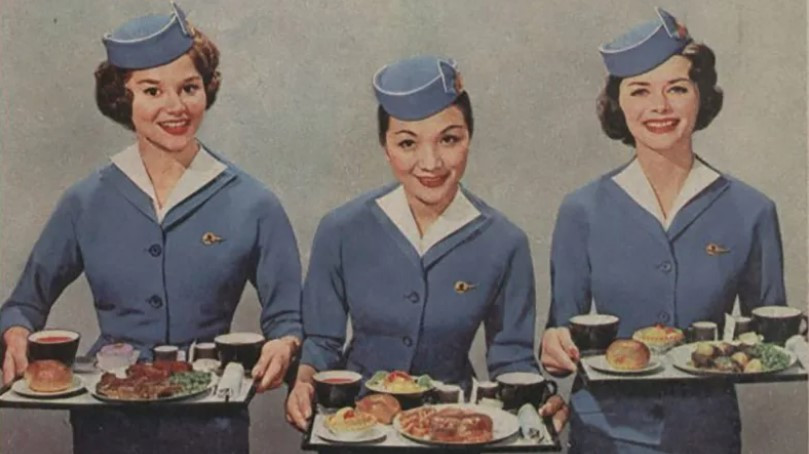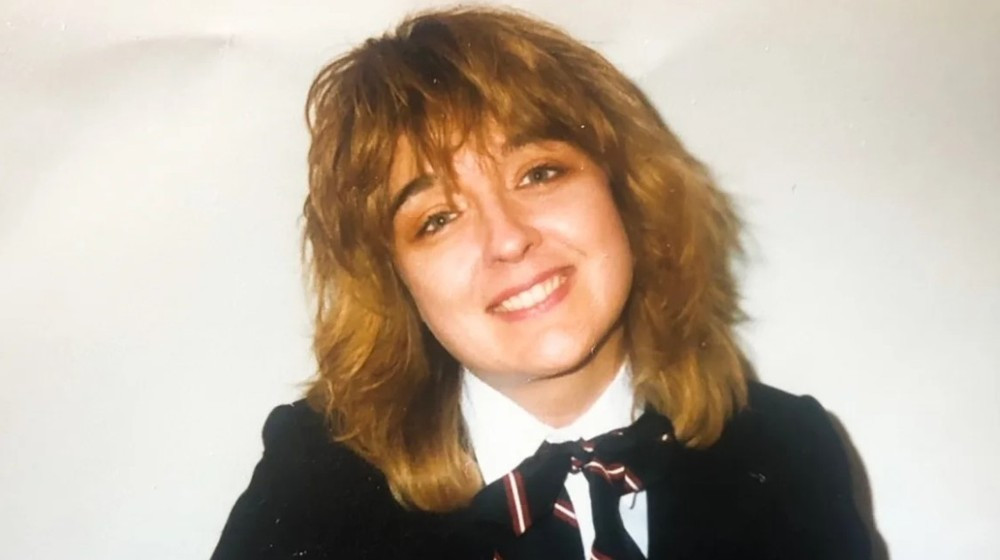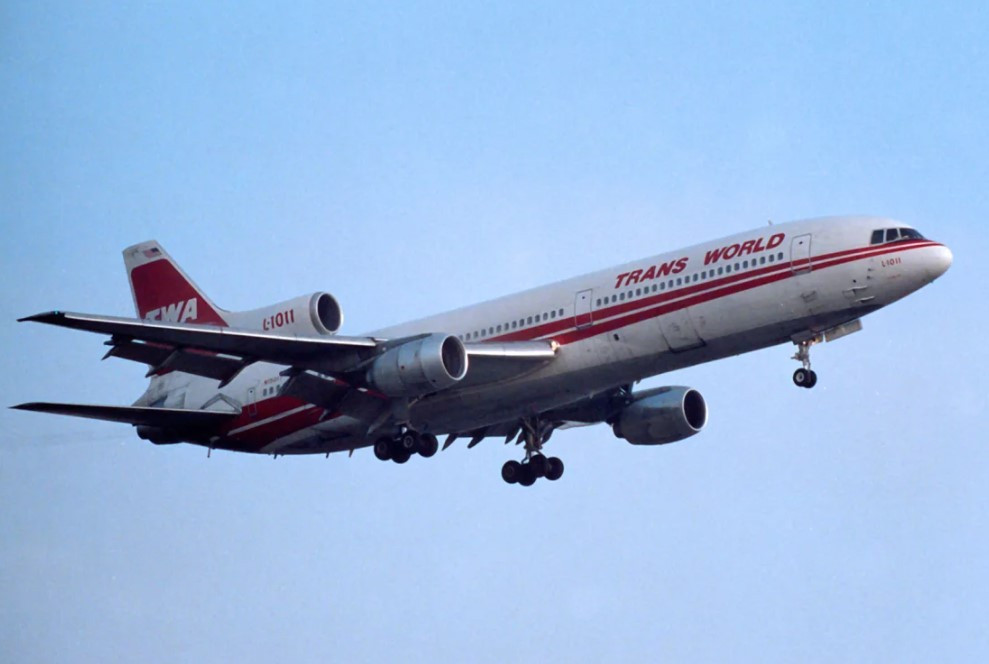During her career, Hood shared that she saw a passenger breastfeed her cat and another person ride a bicycle down the aisle of a Boeing 747.

Ann Hood, an American novelist and former TWA flight attendant in the 1980s, recently spoke to CNN about what it was like to fly at the end of the golden age of air travel.
Ann Hood grew up in Virginia, USA, and witnessed the first flight of the Boeing 707 - the vehicle that would usher in the era of passenger jet travel. At the age of 11, after moving with her family to Rhode Island, she read the 1964 book "How to Be a Flight Attendant" and immediately made a big decision for herself. "Although the book was very sexist, it appealed to me because it talked about a job that would allow me to see the world and that could be a good fit for me," she shared.
Upon graduating from college in 1978, Hood immediately began applying to airlines. “I think 1978 was a really interesting year, because a lot of the women I went to college with were putting one foot in old ideas and patterns and the other foot in the future. It was a time when there were a lot of difficult choices for young women.”
At the time, the term “flight attendant” was a new one. It was a change of phrase, as the job description for flight attendants was gender-neutral, replacing the previous terms “female flight attendant” and “male flight attendant.” In addition, the US government was about to loosen its long-standing tight control over the domestic airline industry, paving the way for change.
But in that transitional context, air travel was still essentially a glamorous, complicated service, in which flight attendants were still seen as “pretty, sexy decorations,” as Hood put it.

The stereotype of female flight attendants wearing miniskirts flirting with male passengers still exists and was popularized through books such as “Coffee, Tea or Me?”, a memoir, supposedly written by two flight attendants based on facts, published in 1967. But it was later discovered that the book was just a product of the imagination of Donald Bain, a marketing director of American Airlines.
Weight limit, marriage is job loss
To become a flight attendant in the old days, applicants had to accept some pretty terrible requirements, like being under a certain age and being fired if they got married or had children. These requirements were removed by the time Hood became a flight attendant, but other pretty bad conditions still existed.
Perhaps the most shocking is the requirement that flight attendants must maintain the weight they were at the time of hire. “All airlines send a chart with your application. They look at the maximum height and weight of the candidate and if you are not within the threshold, they won’t even interview you,” Hood said.
But once hired, flight attendants weren’t allowed to gain weight, at least at TWA. Hood says she had to maintain her weight when she was hired, which was about 11 pounds under the maximum limit. “My roommate was fired for gaining weight. The really terrible thing is that it wasn’t until the 1990s that the rule was lifted,” Hood says.
Hood was one of 560 people hired as flight attendants by TWA, the largest airline in the US at the time, in 1978. She and her friends had to beat out about 14,000 other applicants to get a job. TWA was later acquired by American Airlines in 2001.
Hood says her job begins with an intense training session in Kansas City, where flight attendants learn everything from the names of aircraft parts to emergency medical procedures, as well as safety procedures for seven different types of aircraft, including the Boeing 747, once considered the Queen of the Skies.
For Hood, the Boeing 747 was a scary plane because it was so big. The spiral staircase leading to the first class cabin required her to go up and down many times and she was prone to tripping while moving. Meanwhile, her favorite plane was the Lockheed L-1011 TriStar. In the US at that time, only Eastern Airlines and TWA used this model. The L-1011 TriStar was a wide-body aircraft, with a very convenient layout of two seats on each side of the fuselage and four seats in the middle, allowing passengers to easily get in and out. Passengers were very satisfied with this plane.
Flying was still something of a luxury, she says. “People dressed up for flights, and they remembered the food in a positive way. It was really different then. Flying was like being in a luxury hotel, or maybe on a cruise ship,” Hood says, adding that she wore a Ralph Lauren uniform and served guests dishes like prime steak or Russian caviar and lobster paired with Dom Perignon.
Strange things at work
But the job wasn't all sunshine and roses. Smoking on planes was common back then and was a nightmare for flight attendants. "If you were flying five-day tours, which was not uncommon in those days, you had to pack a separate uniform because you'd smell like smoke after every flight," Hood said.
So what about in-flight sex? “It’s not uncommon on international flights for a man to go into the bathroom and a minute later the woman sitting next to him follows,” Hood says, adding that such incidents are uncommon, but do happen.
“International flights used to be less crowded than they are now, so in the middle section of the five-seat Boeing 747, you could see a couple push up the armrests, cover them with a blanket, and disappear inside. I can’t tell what they were doing, but it seemed suspicious,” Hood told CNN.
It was also common for passengers to flirt with or ask flight attendants out. “I did have dates with passengers, but they usually ended in disaster. It never turned out the way I imagined. Except for one time in 1982, when I met a guy on a flight from San Francisco to New York. He was in seat 47F and I dated him for five years,” she said.

During her work, Hood witnessed many strange things on planes. For example, on one flight, she saw a woman in first class who appeared to be breastfeeding her cat. Another case involved a passenger riding a bicycle down the aisle on a Boeing 747 flight from the US to Frankfurt, Germany.
“I would say the job is 80 percent fun and 20 percent boring. On some flights, especially the ones that aren't full, there's a lot of time to fill. You can only serve so much food, so much drink, and watch so many movies. I make my job more fun by talking to the passengers. I like the social aspect," Hood says.
In 1986, Hood quit her job as a flight attendant to focus on her writing career. By then, the airline industry had changed dramatically. The deregulation of the airline industry, which loosened government control over everything from ticket prices to flight routes, had a profound impact, forever changing air travel in the United States.
Hood said she has never lost her pride in her career in the skies, and she recommends it to anyone who can afford it. “I was 21 when I was hired, and it gave me confidence, poise, and the ability to think on my own. I think a few years as a flight attendant can change your life,” she said.
TB (according to Vietnam+)